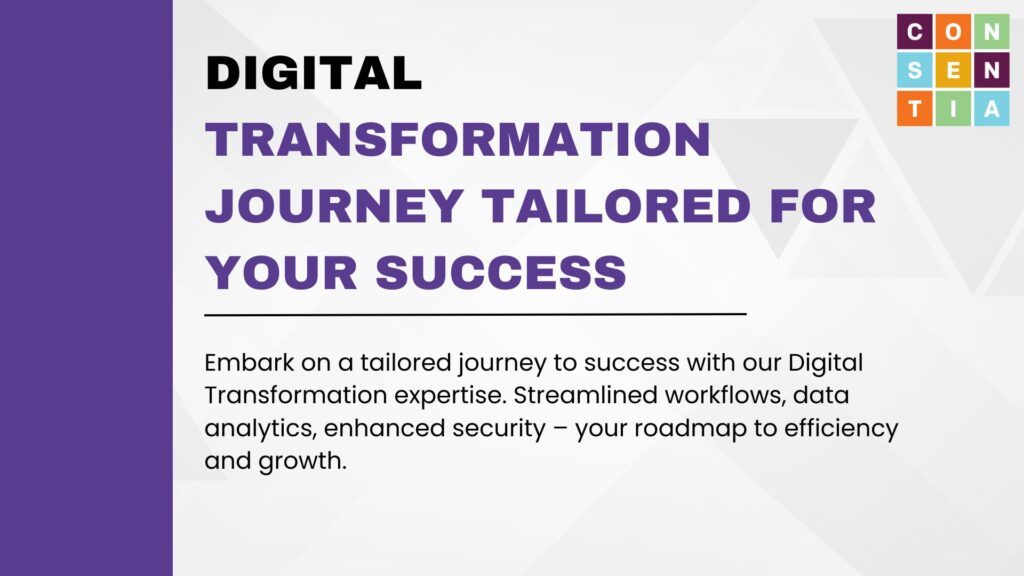Navigating the Future: Digitizing Maps, Blueprints, and Beyond
In today’s rapidly evolving landscape, the digitization of maps, blueprints, and similar documents stands as a cornerstone for businesses seeking efficiency, security, and collaboration. This transformation from traditional hard copies to dynamic digital formats can give businesses a number of advantages across diverse industries.
The Evolution: From Tangible to Digital
Maps, blueprints, and analogous files have historically been meticulously crafted on physical mediums, serving as guides for architects, engineers, and urban planners. However, these tangible copies present some challenges – vulnerability to damage, limited accessibility, and degradation over time.
The start of digitization caused a transformative shift. By converting these documents into digital formats – CAD files, GIS databases, or PDFs – organizations have embraced a new era, brimming with possibilities to innovate, collaborate, and secure valuable data.
Enhanced Security: Safeguarding Valuable Data
Security often ranks at the top of the priority list for organizations when dealing with sensitive maps and blueprints. The transition to digital files inherently mitigates risks associated with physical copies. At Consentia we employ robust encryption techniques, access controls, and backups to ensure the utmost security when dealing with these types of documents. The digitization process facilitates version control and audit trails, promoting data integrity and compliance with industry standards. (Read about how Consentia protects your sensitive data).
Usability and Accessible Formats: Empowering Efficiency
Today, digitized maps and blueprints go beyond the limitations of traditional hard copies. Architects and engineers can now utilize digital formats for 3D modelling, simulations, and collaborative design platforms. Consentia’s digitization solutions can help foster compatibility with various software applications and devices, facilitating remote collaboration and enhancing productivity across industries. Use cases include:
Architectural Design: Real-time collaboration and iterative design processes through digitized blueprints, enabling architects to create immersive 3D renderings and VR walkthroughs.
Urban Planning: GIS integration aids urban planners in making informed decisions regarding city planning, zoning, and infrastructure development.
Navigation Services: Digitized maps form the backbone of GPS systems, offering real-time navigation and location-based services for seamless travel experiences.
Easy Sharing and Viewing: Facilitating Collaboration
One of the standout advantages of digitized files lies in their ease of sharing and viewing. Consentia’s secure cloud-based platforms and compatibility ensure seamless sharing across stakeholders, transcending geographical boundaries. Real-time discussions and feedback loops expedite project timelines, enhancing collaboration.
Consentia’s Expertise in Blueprint Digitization
At Consentia we stand at the forefront of blueprint digitization, offering tailored solutions for our clients across diverse industries:
Advanced Digitization Techniques: Our team utilizes cutting-edge scanning technologies and software to ensure precise and detailed digitization.
Secure and Accessible Platforms: We prioritize data security and accessibility, providing secure cloud-based platforms for easy access. In-house we implement stringent data management practices and collaborate with IT professionals to ensure top-tier security, provide comprehensive training to employees with an emphasis on data security protocols, and regularly update digitization strategies to incorporate emerging technologies and best practices.
Collaboration and Workflow Enhancement: Real-time collaboration among stakeholders is facilitated, ensuring alignment throughout the project.
Tailored Solutions for Diverse Needs: We collaborate closely with clients to tailor digitization solutions to their specific project requirements by conducting a thorough assessment of critical documents and developing a clear roadmap for the digitization process.
Continuous Innovation and Support: Consentia stays on top of technological advancements, offering dedicated support throughout the process.
This image exemplifies Consentia’s proficiency in blueprint digitization, showcasing our commitment to preserving integrity while embracing digital transformation.
Embrace the Digital Future with Consentia
The digitization of maps, blueprints, and similar files marks a paradigm shift, offering enhanced security, usability, accessibility, and collaboration. Our expertise in blueprint digitization empowers organizations to navigate this digital landscape confidently.
Are you ready to embark on a journey toward enhanced efficiency and security? Contact us today and witness the transformation of your vital documents into secure, accessible, and collaborative digital assets. Experience the power of digitization and thrive in an increasingly digital world with Consentia by your side.









